Dr Belle Tindall shares three theories on why she thinks witches and witchcraft are enjoying a surge in popularity
I’ve been pondering something recently. My curiosity has been piquing. And, as we’re friends, I thought I might externally process it with you – if you fancy it? It feels like a good month to do so, what with the summer solstice knocking at our door.
The thing that’s been whirring around my mind, stirring up my curiosity, endlessly catching my eye, is the astounding popularity of witches. Now, I know that our fascination with witches has always been there – it, in and of itself, is nothing new. But I am noticing that witches/witchcraft are becoming a particularly prominent component of our cultural air right now. I’m not expecting you to take my word for it – I came prepared with evidence.
Let’s start with the endless content that’s being made in their honour, shall we?
The obvious thing to mention is Wicked – the stage musical turned movie extravaganza that tells the tale of two Oz-born witches. As I write this, Wicked has broken a dozen box office records. It is the highest-grossing movie adaptation of a stage musical in history, having amassed over $700 million at the box office. It was nominated for 63 awards, including ten Tony Awards, ten Academy Awards and a Grammy.
Witches have also dominated the literature charts over the past couple of years, with terms such as ‘Romantasy’ and ‘Hex Appeal’ becoming legitimate book categories. There’s also the non-fiction content. In 2024, British actress, Suranne Jones (Dr Foster, Gentleman Jack) released a documentary that investigated the infamous European witch trials. In the same year, film-maker Elizabeth Sankey made a documentary about how learning from/about witches helped her recover from severe postpartum mental illness. In 2023, the BBC released a podcast series entitled ‘Witch’, that covered what we know/think/feel about witches from numerous historical and literary perspectives.
And then there’s social media.
Witch-related content has become a phenomenon; the hashtags ‘WitchTok’ and ‘WitchesofInstagram’ not only exist but have been viewed tens of billions of times. Instagram is positively bursting with accounts dedicated to ‘witchcraft’ – and not in all of the ways you may expect. It’s not all about spells and caldrons; so much of it is about connection to the natural world, living according to the rhythms of the seasons and rooting oneself in a community (coven) of women.
This content is predominantly being made by and for women.
Whether they shroud themselves in stereotype (black cats, pointy hats, broomsticks) or strip themselves of it; whether they are drawn to Oz-born witches or those who dwelled in medieval Scotland, it’s undeniable that women are, in fact, quite captivated by the very concept of witches.
I’m not yet at the place where I feel I have any helpful thoughts to offer on how one should feel about this, nor how we should respond – I’m not interested in passing judgment on this phenomenon. Instead, I’ve found myself caught up in wondering why this may be happening. So far, I have three theories.
Theory one: it’s become a feminist identity
Whether it be factually correct or not, when we think of the mass persecution of witches, we tend to tie it into a larger narrative of historic persecution of women. Particularly outliers, those on the margins of society – women who could not, or would not, fit neatly into the box of societal expectation. And so, the reclaiming of the term ‘witch’ – in all of its nuances – has often been a feminist act.
I think this is particularly prevalent when it comes to women’s bodies – the mystical mystery attached to female physiology. In reality, this ‘mystery’ is not at all romantic. It’s the reason that there is still no cure for female specific medical conditions such as endometriosis, polycystic ovary syndrome or premenstrual dysphoric disorder.
And so I wonder: is it less painful to lean into the time-old witchy notion that our ‘mysterious’ bodies were designed to confound medicine than it is to accept the unjust fact that women’s bodies are drastically under-researched?
Theory two: it’s a way to reclaim connection with the natural world
This may just be the view from where I’m standing, but I think we’re becoming increasingly aware that our relationship with the natural world is fractured. And it’s scaring us. I think we feel that fracture more deeply, year on year, watching the consequences play out around us. Earth-centred witchcraft is becoming a means of rebellion against the forces that are deepening such a fracture.
Theory three: we’re spiritual beings
I’m of the firm opinion that this is also a spiritual thing – a symptom of what cultural commentators are calling the ‘re-Paganisation’ of our society: the fact that we’re so post-Christian, we’re actually becoming pre-Christian. We long for a world that is alive, a reality that has seen and unseen realms. It’s deep and tenacious craving that a secular worldview simply can’t satisfy.
I also wonder if women, in particular, are bursting with a stubborn inkling that all that they see is not all that there is. And witchcraft seems to be the most feminine-friendly option.
It’s a real ‘watch-this-space’ kinda situation.
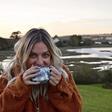



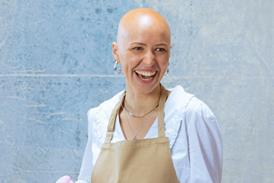
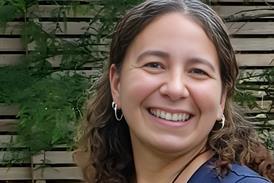
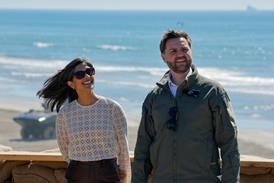
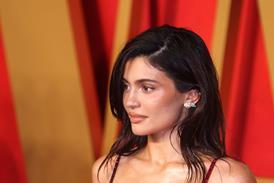

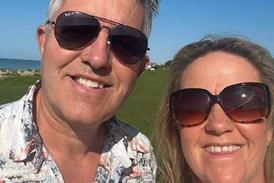
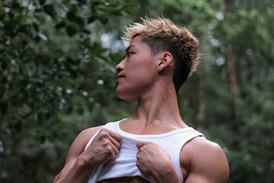
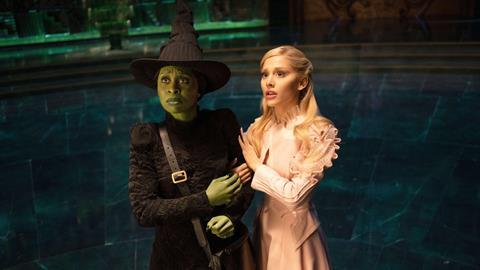




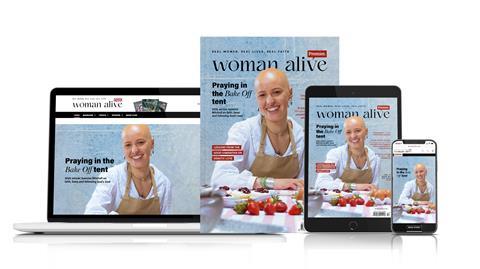

















No comments yet